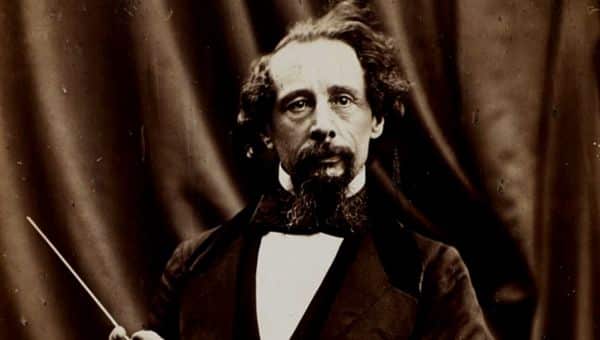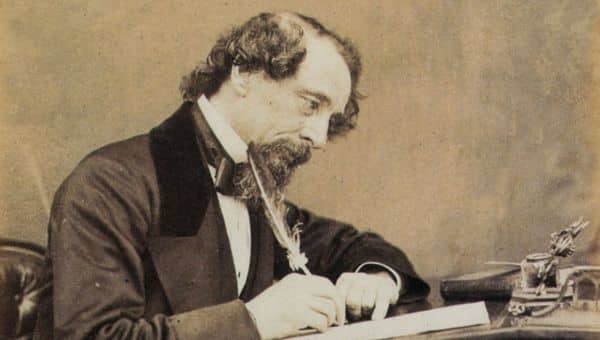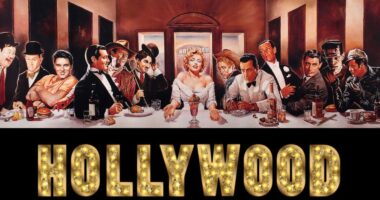Biography of Charles Dickens: English writer and social critic Charles John Huffam Dickens was regarded as the greatest novelist of the Victorian era. He created some of the most popular fictional characters in literature. By the 20th century, scholars and critics recognized Charles Dickens as a literary genius. His short stories and novels are widely read today. Dickens wrote five novellas, fifteen novels, and hundreds of short stories, and lectured and performed readings extensively. He campaigned for children’s rights and other social reforms including education. The term Dickensian is used to define something reminiscent of Dickens and his works, such as poor social or working conditions, or comically repulsive characters.
Charles Dickens was born in Portsea Island, Hampshire on 7 February 1812. He is the second of eight children of John Dickens and Elizabeth Dickens. Charles spent time outdoors but also read avidly including Henry Fielding and Tobias Smollett. He read and reread The Arabian Nights and the collected farces of Elizabeth Inchbald. His mother taught him how to read and his formal education was limited. When he was nine, he experimented by writing a play for his family titled Misnar; the Sultan of India. In 1821, he attended the Giles Academy in Chatham for a year. When he was 12, he attended the Wellington House Academy, in London. His last schooling was self-taught as at the age of 15, his family issues required him to work.
Career and Personal Life
After leaving Wellington House for seven years Dickens lived at home and worked at various jobs. Dickens spent the first two years working as a law clerk. He taught himself shorthand and spent four years as a legal reporter. Then he also worked in Parliament as a shorthand reporter. In 1834, he joined Morning Chronicles as a news reporter covering political events. He also spent time with theatre and writing for publication.
At the age of 18, Charles Dickens met Maria Beadnell, the daughter of a wealthy banker. Maria was two years older than him. Dickens fell in love with her and wrote to her: “I never have loved and I never can love any human creature breathing but yourself.” Their relationship was well for a while; however, after returning from finishing school in Paris she lost interest in Dickens. It affected Dickens gravely.

In 1836, Charles Dickens married the oldest daughter of the Morning Chronicle’s editor George Hogarth, Catherine Hogarth. Even though Catherine was interested in family, their relationship lacked passion. Dickens was attached to Catherine’s sister Mary. When Mary died at the age of 17, Dickens was devastated. His adoration of Mary would show up time and again as a character in his works. Dickens and Catherine separated and the writer spent the rest of his life maintaining a secret relationship with actress Ellen Ternan.
Oliver Twist
Oliver Twist; or, The Parish Boy’s Progress was published as a three-volume book in 1838. The novel portrays the sordid lives of criminals and reveals the brutal treatment of many orphans during the mid-19th century. Oliver Twist follows the orphan Oliver who is subject to vexation and deprivation in the workhouse where he was left after the death of his mother. Upon escaping from the workhouse to London, he meets a member of a gang of juvenile pickpockets run by the elderly criminal Fagin. In this novel, Dickens satirizes the recruitment of children as criminals, domestic violence, child labor, and the presence of street children.
David Cooperfield
1850 published David Copperfield is a Bildungsroman narrated by David Copperfield talking about the adventures in his journey from infancy to maturity. The novel begins with a dreary picture of childhood in Victorian England, followed by young Copperfield’s ascent as he provides for his aunt while maintaining his education. It is also an autobiographical novel. The primary theme of the novel is growth and change. However, Charles Dickens also satirizes several aspects of Victorian life. The aspects include the quality of schools, employment of children in factories, the criminal justice system, the plight of prostitutes, and the status of women in marriage.

A Tale of two Cities
Charles Dickens’s 1859 published novel A Tale of Two Cities is a historical novel. The story is set in Paris and London during and before the French Revolution. A Tale of Two Cities focuses on the story of the French Doctor Manette. The story is about his 18-year-long imprisonment in the Bastille in Paris, his release, and then his life with his daughter Lucie whom he had never met before. It is set against the issues that led up to the French Revolution and the Reign of Terror. A Tale of Two Cities is one of the best-selling novels of all time. It was ranked 63rd on the BBC’s The Big Read poll in 2003.
Great Expectations
Great Expectations is set in Kent and London during the early to the mid-19th century. The novel is filled with extreme imagery of prison ships and chains, poverty, and struggles to death. George Bernard Shaw praised Great Expectations describing it as “all of one piece and consistently truthful.” The story is about an English orphan named Pip. Great Expectations follows the journey of Pip as he rises to wealth, abandons his real friends, and eventually becomes humbled by his arrogance. The true conflict of the novel is Pip’s ambitious desire to reinvent himself and then his ascent to a higher class.
Death
After a full day’s work on Edwin Drood, Charles Dickens had a stroke at his home on 8 June 1870. He never regained consciousness and died the next day at Gads Hill Place. Contrary to Dickens’s wish to be buried at Rochester Cathedral, he was laid to rest in the Poet’s Corner of Westminster Abbey.
Also Read: 10 Classic Literature for Modern Readers



